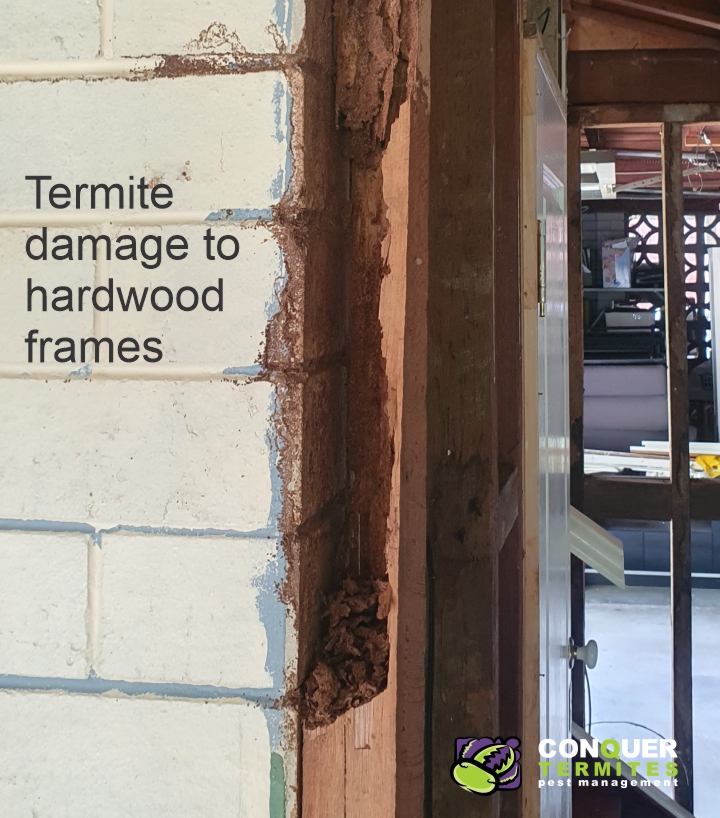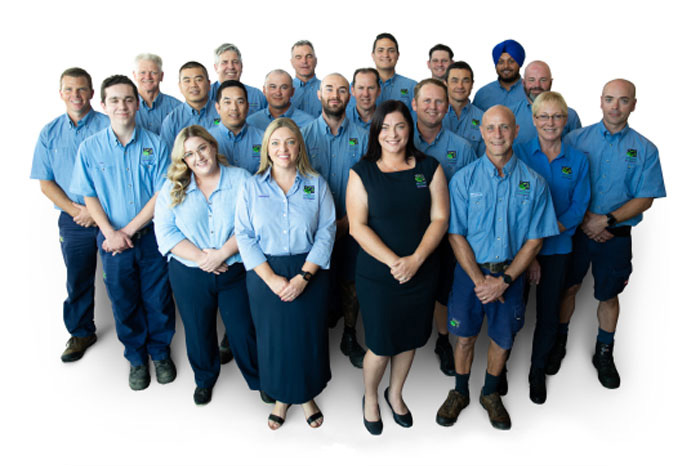What timbers do termites like to eat?
The simple answer is; YES; termites will eat all types of timber. But they are super clever in sourcing the timber with the most desirable nutrients and cellulose. It’s all about efficient foraging and a balanced diet for the colony.
Eucalyptus timber is not hardwood.
A big mistake Australian homeowners make is thinking their home is constructed with hardwood, when in fact, it is just plantation eucalyptus (gum trees). Yes, it is considerably harder than radiata pine, but it is highly desirable timber for termites to eat.
In fact, eucalyptus timbers have been found to be the most effective wood to use in bait stations to attract termites. Not saying your home is a big bait station, but it is the ultimate feeding Buffett for termites - there is no tree that size!
So, what is hardwood?
The main difference between hardwood and softwood is that hardwood trees are typically slower growers and are considered angiosperm, deciduous trees (shed their leaves annually), which leads to a denser wood, whereas softwood. In contrast, softwoods, meaning they are evergreen trees (do not shed their leaves).
Australian hardwoods: Merbau, Tassie Oak., Walnut, Ash, Beech, Mahogany, Maple.
How can you tell the difference between hardwood and softwood?
Grain: Softwoods do not have vessels and therefore have a softer, less pronounced grain than hardwoods, which are characterised by a heavy, distinctive grain.
Colour: Hardwoods tend to be darker than softwoods, which are often lighter. Hardness: Hardwoods are usually stronger, more scratch resistant and harder wearing.
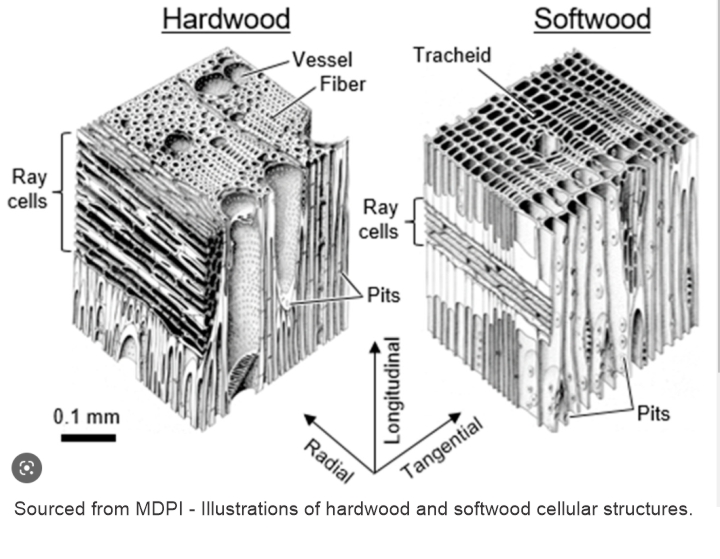
So now you know that regardless of the timber your house is constructed with, it will be vulnerable to termites, especially if you don’t have an appropriate termite management system.
Why do termites eat wood?
Wood is the termites (White Ants) primary food source. Termites have perfected the art of converting wood to sugars. They are one of the most amazing organisms on our planet to organise their whole tribe to forage and select wood to cart back to their nest through their subterranean tunnels.
Termites Kryptonite
How can termites eat wood? They have developed a digestive system that has particular microorganisms and protozoa (enzymes) that consume the cellulose (wood), creating a by-product of glucose (sugars), normally as they walk back to the nest.

If they didn’t have this symbiotic relationship with this protozoan in their gut, they wouldn’t survive.
*Protozoa are a group of single-celled eukaryotes, either free-living or parasitic, that feed on organic matter such as other microorganisms, organic tissues, and debris. Wikipedia*
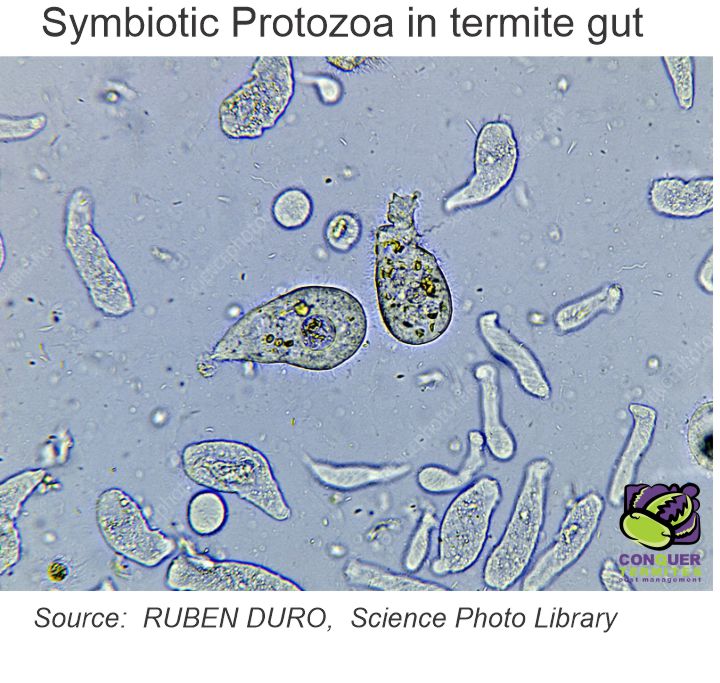
Protozoa are one-celled animals found worldwide in most habitats. Most species are free living, but all higher animals are infected with one or more species of protozoa. Infections range from asymptomatic to life-threatening, depending on the parasite’s species and strain and the host’s resistance.
Cows eat grass; Termites eat wood.
By consuming wood, termites have access to a source of cellulose that most other creatures do not. Cellulose is a major building block of plants and nature’s most common organic compound. Cellulose can be found in wood, grass, paper, cardboard, cotton, books, magazines, and more.
There is a lot of timber in your house.
The latest data from a long-running FWPA project demonstrates that Australia’s average one- and two-storey detached house used 14.58 m3 of wood (2017-18).
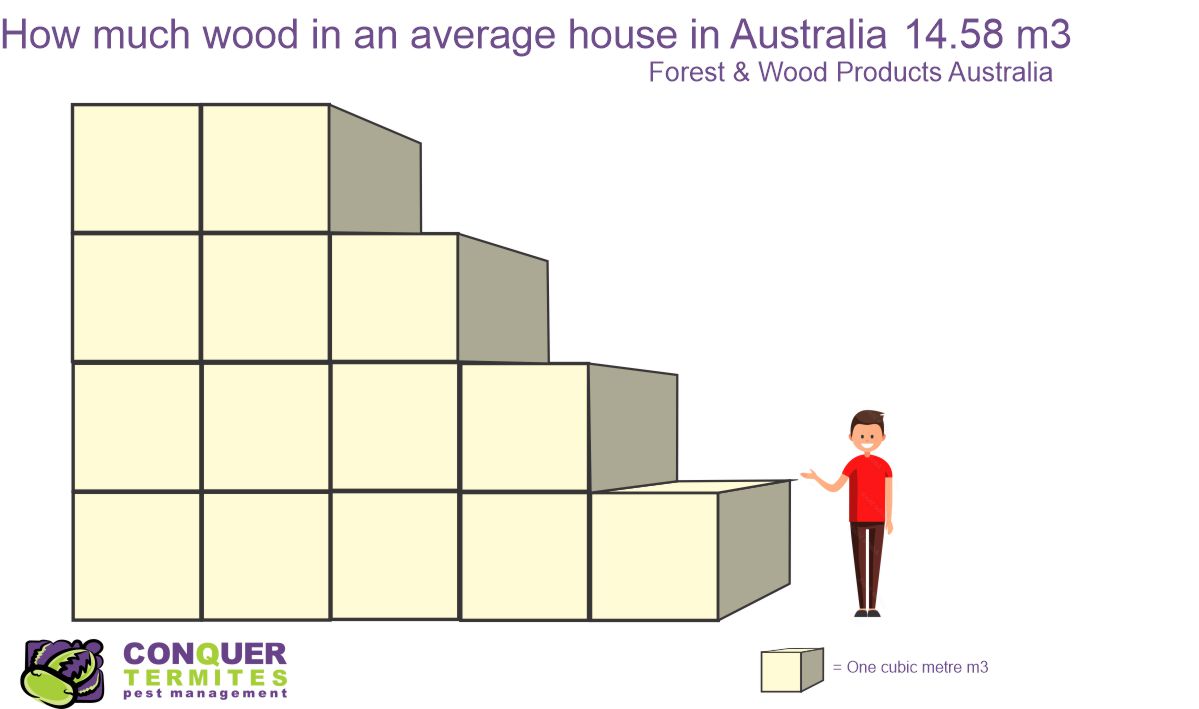
Once the termites have determined a timber structure above them, they will build subterranean tunnels from their nest to gain concealed entry. For them, your house is the trophy tree!
What should you do?
- Get yearly termite inspections done.
- Ensure there is a current termite management system in place
- Get any large eucalyptus tree drilled and checked.
- Check there are no moisture issues affecting the frame and roof timbers.
- Stay vigilant - check yourself - call Conquer Termites if you suspect an issue.

